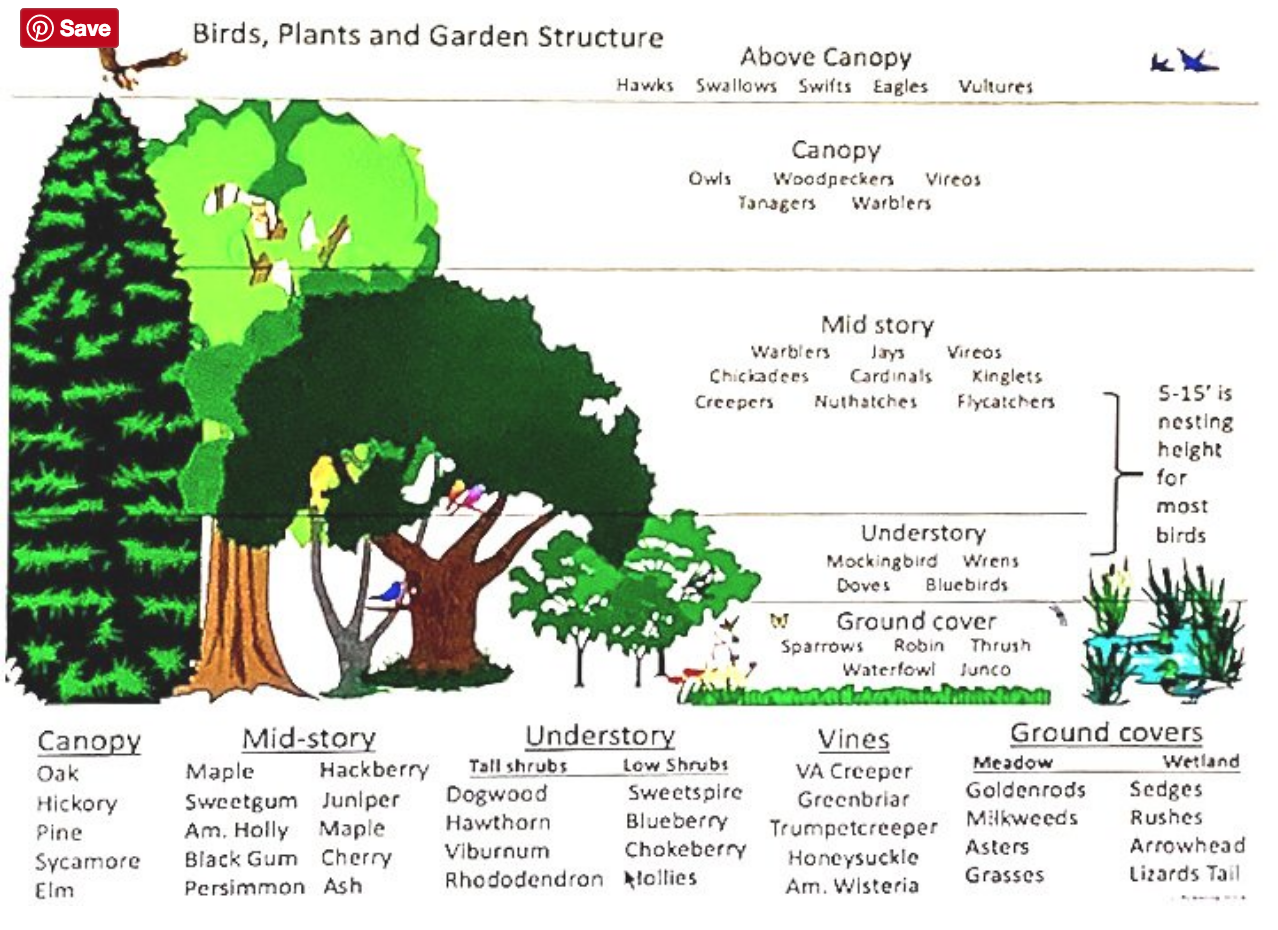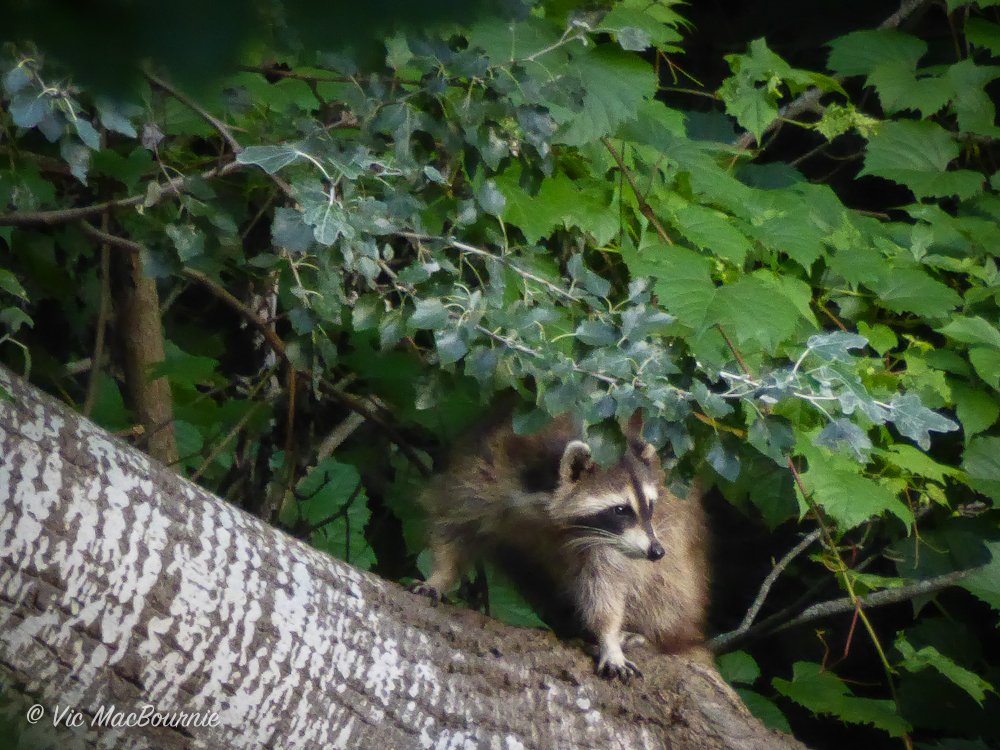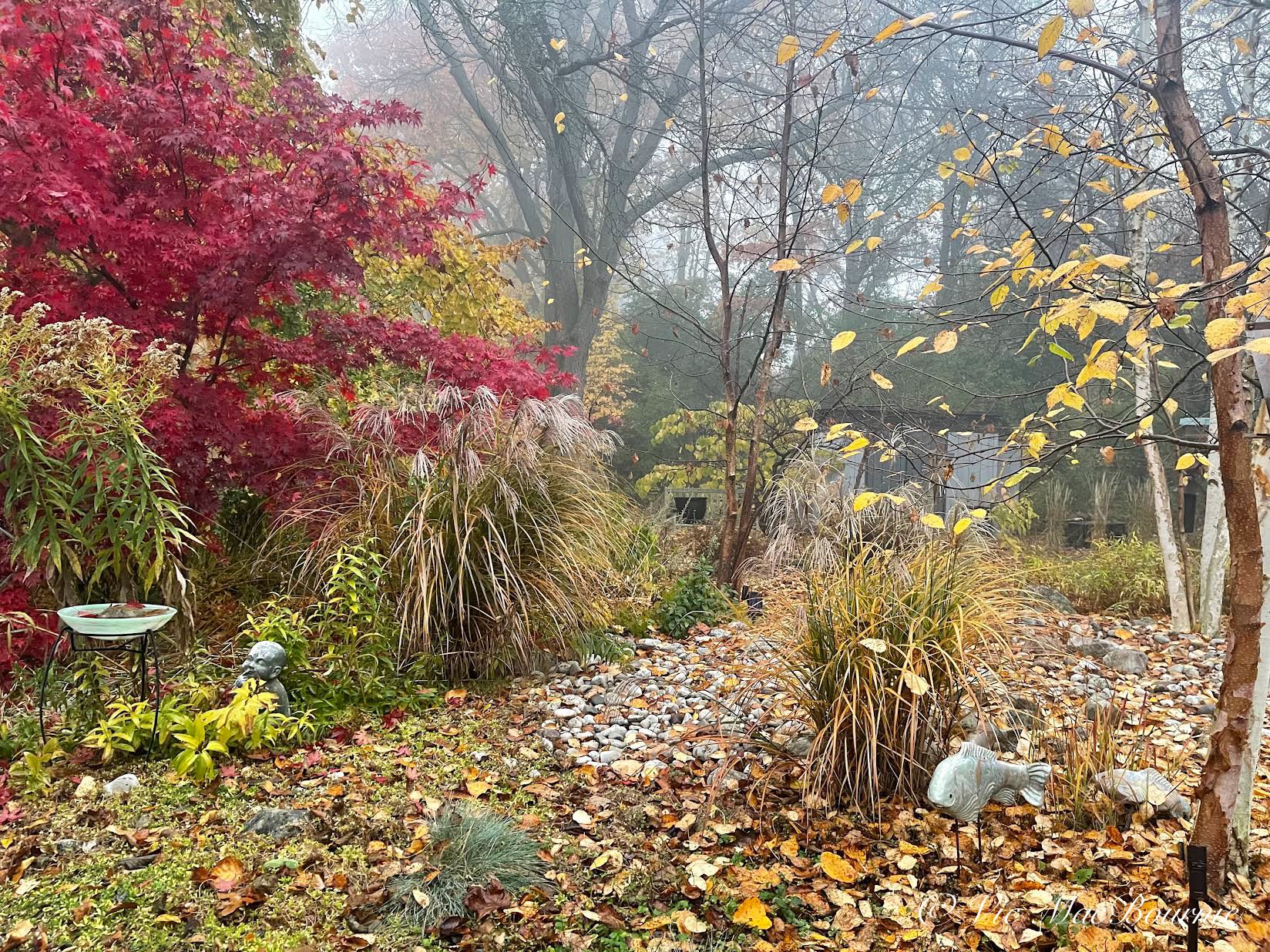Can woodland gardens be part of the solution to growing climate threats?
Until you dig a hole, you plant a tree, you water it and make it survive, you haven’t done a thing.
– Wangari Maathai
How trees cool our environment
This summer’s unbearable heat waves in most parts of the world are a stark reminder of the damage being done to our environment.
Temperatures are being smashed daily, weekly, even monthly. Parts of Spain were experiencing a heat wave that reached 45 C or 113 F in regions that were not used to dealing with this type of heat, threatening the lives of many, especially the elderly. Closer to home, Texas and other parts of the southwest are experienced unprecedented bouts of prolonged heat. Then there is flooding, forest fires and droughts.
Our world is telling us enough is enough. We need to start listening and taking action.
Are trees our only hope?
Here at home, if sitting under the shade of a tree is the only way we can be comfortable outside during these summer heat waves, it’s also a reminder of how important the thermal cooling properties of trees can be in our garden micro climates.
I am reminded of the saying, “Saving one dog will not change the world, but surely for that one dog, the world will change forever.”
It’s such a great saying that can also be applied to our gardens.
Planting one large shade tree in our garden will not change the world, but it certainly changes our world.
If everyone planted one large shade tree in their yard, think of how that might change the world.
However, one tree is not really enough. Think of what would happen if everyone planted ten trees on their properties and created a world of woodland gardens.
Now that would change the world for them, their families, their neighbourhoods, their cities… the world.
If you are thinking you could never plant ten trees in your small yard, think again. In a woodland, trees are planted in layers beginning with the tallest trees in the upper canopy, followed by smaller understory trees. You would be surprised how many trees can be fitted onto a typical suburban lot.
Creating a natural grove of trees in an area is the perfect way to add a mini-woodland forest of interdependent trees.
On our smallish pie-shaped front lot, we have a total of nine trees. This includes two large, mature shade trees (maples), three columnar birch trees planted in a small cluster, three Japanese maples and a native serviceberry tree. In the backyard, there are at least 20 trees that we either inherited with the property or planted ourselves. There are probably another 20-30 trees that have grown naturally across the back and on the edges of the property. These trees dominate our half-acre property and help to create the woodland environment.
Planting one large shade tree in our garden will not change the world, but it certainly changes our world.
This woodland approach is actually the thinking behind many environmental movements today, that I have wrote about on this garden website.
Irish landscaper and environmentalist, Mary Reynolds, and her books We Are the Ark and The Garden Awakening promote the creation of “natural arks” around the world to act as corridors for wildlife, while at the same time returning our backyards to natural areas. Gardeners can even hire Ms Reynolds to provide them with a landscape plan all their own. Click here for more information on hiring her for a personal landscaping plan.
There are movements to create Pocket Forests often referred to as Miyawaki method forests (link to my story) in urban areas to restore tiny natural woodlands in a fraction of the time it would normally take Mother Nature.
And there is the work of Professor Nadina Galle and her work with the Internet of Nature (link to my story about her work).Bborn in the Netherlands and raised in Canada Dr. Galle uses her background as an ecological engineer to tap into technology to create and protect the urban forest canopy on a much larger, city-wide scale.
But, you may ask, how can I as a gardener make a difference? Does planting trees really make a significant difference, and exactly how do trees help cool the earth?
How trees make a difference in our world
This latest prolonged heat wave should also be a wake-up call to the world about the importance of our natural forests and woodlands and the need to restore our tree canopy, not just in rural areas but – even more importantly – in our urban and suburban areas.
Cooling the environment around us is not the only benefit a tree creates. There are health benefits far beyond what we can imagine. Consider the popularity of Forest bathing as just one of the movements that is focusing on the health benefits of the woodlands.
Some quick by-the-number facts in case you need more convincing:
A single tree cools temperatures by providing shade and releasing water through photosynthesis which cools temperatures from between 2-4 degrees Fahrenheight.
An Arizona State University study found that an area of a block or two made up of parking lots and buildings with no tree cover or vegetation to speak of, can be cooled by about 8 degrees Fahrenheight or 4.4 degrees Celsius naturally with a tree canopy cover of at least a 1/4 of the space.
Trees, if planted around a home properly, can save 30 per cent on air conditioning bills.
A Nature Conservancy Nature report showed that planting trees can be a cost effective way to improve public health in two important ways: First, they reduce particulate matter in the air. This potentially dangerous particulate matter, that exacerbates asthma and other respiratory diseases, settles on the leaves of the tree where it remains until it is washed to the ground during a rainstorm. Second, trees cool temperatures by providing shade and releasing water through photosynthesis which cool temperatures between 2-4 degrees F . A single tree, however, can only cool an area of about a 100-foot radius around the tree.
Consider that the largest tree on the planet, nicknamed General Sherman, is 84 metres tall and has sequestered 1400 tons of atmospheric carbon during its estimated 2500 years on earth. To put that into perspective, today, it is estimated that humanity produces 1400 tons of carbon every minute.
There is always room for wildife in the woodland garden. This racoon was at home high up in a fallen tree.
In fact, in his book The Heartbeat of Trees, Peter Wohlleben gives an example of how a study conducted by Chicago University researchers found that a single tree planted on the lawn of an urban property can increase the benefits to the homeowner by the equivalent of an annual pay increase of $10,000.
The study, conducted with thousands of Toronto, Canada, residents, also showed that two trees planted in the front could provide the health and well-being benefits equal to an annual income increase of $20,000.
This study alone should convince homeowners of the importance of planting and maintaining trees in their front and back yards.
And, although a single tree can be effective in a limited way, several trees working together can make a profound difference in the environment where they are growing.
In his book, The Heartbeat of Trees, Wohleben writes: “A tree is not a forest. On its own, a tree cannot establish a consistent local climate. It is at the mercy of wind and weather. But together, many trees create an ecosystem that moderates extremes of heat and cold, stores a great deal of water, and generates a great deal of humidity. And, in this protected environment, trees can live to be very old. To get to this point, the community must remain intact no matter what. If every tree was looking out for only itself, then quite of few of them would never reach old age.”
Wohleben is not alone in promoting the benefits of multiple trees working together, like you would find in a proper woodland garden. Unlike a traditional garden, where there might be a single tree surrounded by a few shrubs and some flowers, the woodland garden taps into the power of multiple trees, along with the layering of shrubs, native plants and groundcovers to create a vibrant, living community that is able to create its own micro environment.
Fall is an outstanding time to enjoy the rich colours of the woodland garden.
The science behind how trees cool the environment
Now that we understand the importance of temperature control, let’s delve into how trees play a crucial role in cooling the environment.
Trees act as nature’s air conditioners by providing shade and reducing the overall temperature of their surroundings.
When sunlight hits the leaves of a tree, a process called transpiration occurs, where water is released from the leaves into the atmosphere. This evaporation process helps to cool the air around the tree.
Additionally, the shade provided by trees can significantly lower surface temperatures, making the surrounding area more comfortable.
By strategically planting trees in urban areas, we can create cooler micro climates, reducing the need for excessive air conditioning and mitigating the heat island effect.
So, next time you seek refuge under a tree on a hot summer day, remember that it’s not just the shade you’re enjoying, but also the natural cooling power of these incredible living organisms.
Now that we’ve explored how trees cool the environment, let’s dive into the fascinating science behind their cooling mechanisms.
It all starts with a process called transpiration, where water is released from the leaves into the atmosphere.
As sunlight hits the leaves, the stomata, tiny openings on the leaf surface, open up to allow water vapor to escape. This evaporation process not only cools the tree itself but also the surrounding air.
In fact, a single large tree can release hundreds of gallons of water into the atmosphere each day through transpiration. This moisture-rich air then helps to lower the temperature and increase humidity in its vicinity.
Additionally, trees also provide shade, which reduces the amount of direct sunlight reaching the ground and lowers surface temperatures.
The combination of transpiration and shading creates a natural cooling effect that can significantly improve the comfort of an area. Understanding the science behind tree cooling mechanisms allows us to appreciate the incredible role that trees play in regulating temperatures and creating more pleasant environments.
Real-life examples of trees’ cooling effects
It’s not hard to see the cooling effects of trees in real life.
In urban areas, where concrete and asphalt dominate, the heat island effect can cause temperatures to soar.
However, strategically planting trees in these areas can help combat this issue.
For instance, cities like Singapore have implemented extensive tree-planting programs to create green spaces and reduce urban heat. The result is a noticeable decrease in temperature, making these areas more comfortable for residents and visitors alike.
Another example is Central Park in New York City, which acts as a natural air conditioner for the surrounding area. The vast expanse of trees provides shade, lowers surface temperatures, and creates a refreshing microclimate within the park. This not only benefits the park-goers but also has a positive impact on the nearby buildings and streets.
These real-life examples are just a sampling of how trees’ powerful cooling effects can change our environment and work as nature’s air conditioners.
And yet, all over the world, governments choose to develop green space for financial profits. Where I live, for example, the Provinicial government, like many conservative governments around the world, has chosen to close its eyes to the benefits of greenspace and offer it to developers for the construction of expensive houses. These governments, despite the obvious warnings from experts, choose to not only ignore these threats, but deny that climate change even exists.
In doing so, they risk the lives and future of today’s citizens as well as the lives of future generations who will be forced to live in a world where catastrophic events are part of everyday life.
Besides doing our part to ensure these anti-environmentalists do not obtain or remain in political power, gardeners can take steps to ensure that the area around their home is doing its small part to protect the environment. Join Ms Reynolds’ ark movement, grow native plants and trees, protect wildlife and provide them with life’s necessities – water, food and shelter.
Alone we cannot change the world, but together, if we all plant a mini forest on our properties, we can make a real difference in our world, and the world around us.
Let’s start today by planting a single tree. Next year we can plant another, and another, and another.









